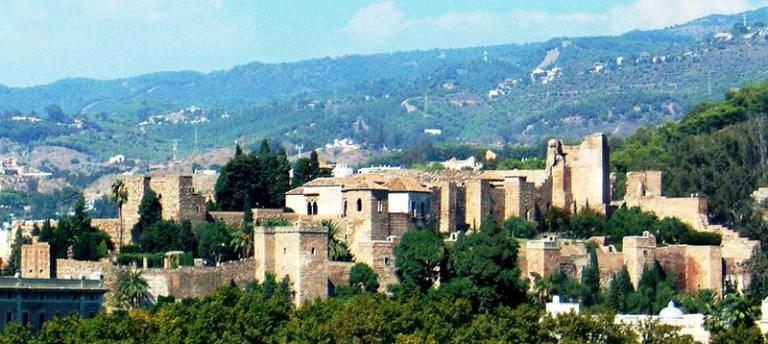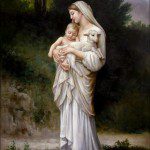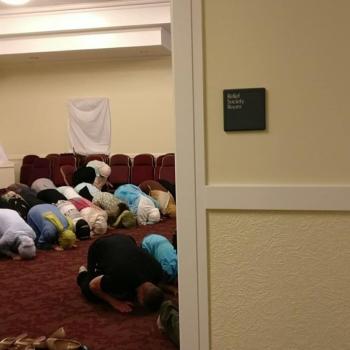
Still moving forward with the manuscript:
Overall, it can be said that the characteristic of the Middle Periods of Islamic history is political disintegration. Constantly shifting political boundaries made for instability and unceasing conflict. And the distinguishing mark of what Hodgson calls the Early Middle Period is, with the obvious exception of far-off Spain, Turkish domination. The Arabs had lost control of their own political destiny—something that would last for centuries and that has continued to rankle them well into our own time. A new ruling class had emerged, separated from the mass of the people and even from the learned classes by a different culture and different language. Many of the rulers of the Middle Period never really learned to speak Arabic—much less to write it. The power of the amir (“commander,” “prince”) rested on something similar to medieval European feudalism.[1] Unlike the European system, however, the amir seldom, if ever, lived on his own land. Instead, he lived in the capital and siphoned off the revenues of the rural areas to the city. The amir was often totally separated from local life, not only ethnically and linguistically, but even geographically. He gained legitimacy not from popular consent, but from “recognition” by the caliph who, rather like today’s queen of England, often had very little choice but to grant it.
Despite this political disintegration—or even, as I would argue, because of it—it is possible to consider the Early Middle Period the high point of Islamic civilization. The military commanders and princes of the small states competed one with another to attract the best poets and architects, knowing that the elegance of their courts and the quality of their architecture offered an important way to their glory and fame. And this competition did, indeed, call forth an astonishingly high quality of work. Furthermore, apart from the role of patron, the rulers of these small states concentrated on military and diplomatic matters, leaving most people throughout the Islamic world free to do and act as they pleased, so long as there was no threat to the ruler’s political control.[2] An international society established itself across the Islamic world precisely because the political sphere and political institutions were reduced to a minimum. This laissez faire attitude led, predictably enough, to commercial expansion, to great prosperity, and to trade in the most varied luxury goods, which passed unimpeded from China to Morocco. Art and architecture flourished. The majority of the population was Muslim by now, and Islam was central to all activities. This was a period of great scientists and poets. If the Early Middle Period saw the rebirth of Persian literature, elegant Arabic also reached new heights. It was also an era of famous philosophers like Avicenna and Averroës.
[1] Arabic amir (often spelled emir) is pronounced “a-MEER.”
[2] Jeanne Kirkpatrick’s distinction between “authoritarian” and “totalitarian” states is useful here: “Totalitarian” states—such as those of the Communists, the German Nazis, and the Italian Fascists—make a claim on every aspect of individual and social life. Art, literature, music, religion, the economy, all fields of human activity are subject to state interference. (The Church cannot function in such environments, until they at least begin to loosen up.) In “authoritarian” states, on the other hand, the ruler is inclined to let people do what they want, so long as they do not menace his rule. This is, by and large, the way things have shaped up in places like Singapore, Korea, Taiwan, and many Latin American states (where the Church, on the whole, functions quite well). The states of the Early Middle Period clearly fit into the “authoritarian” category.












